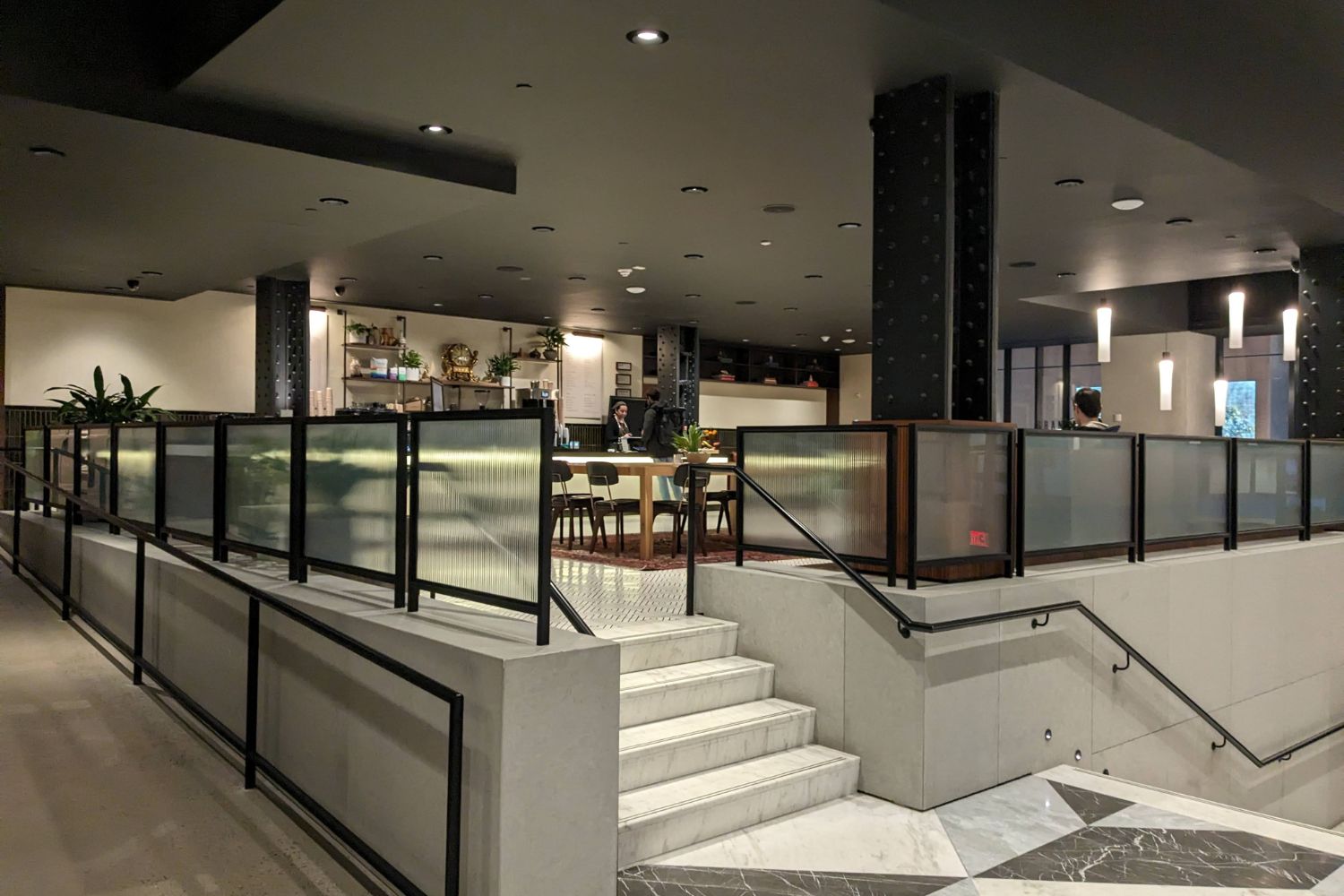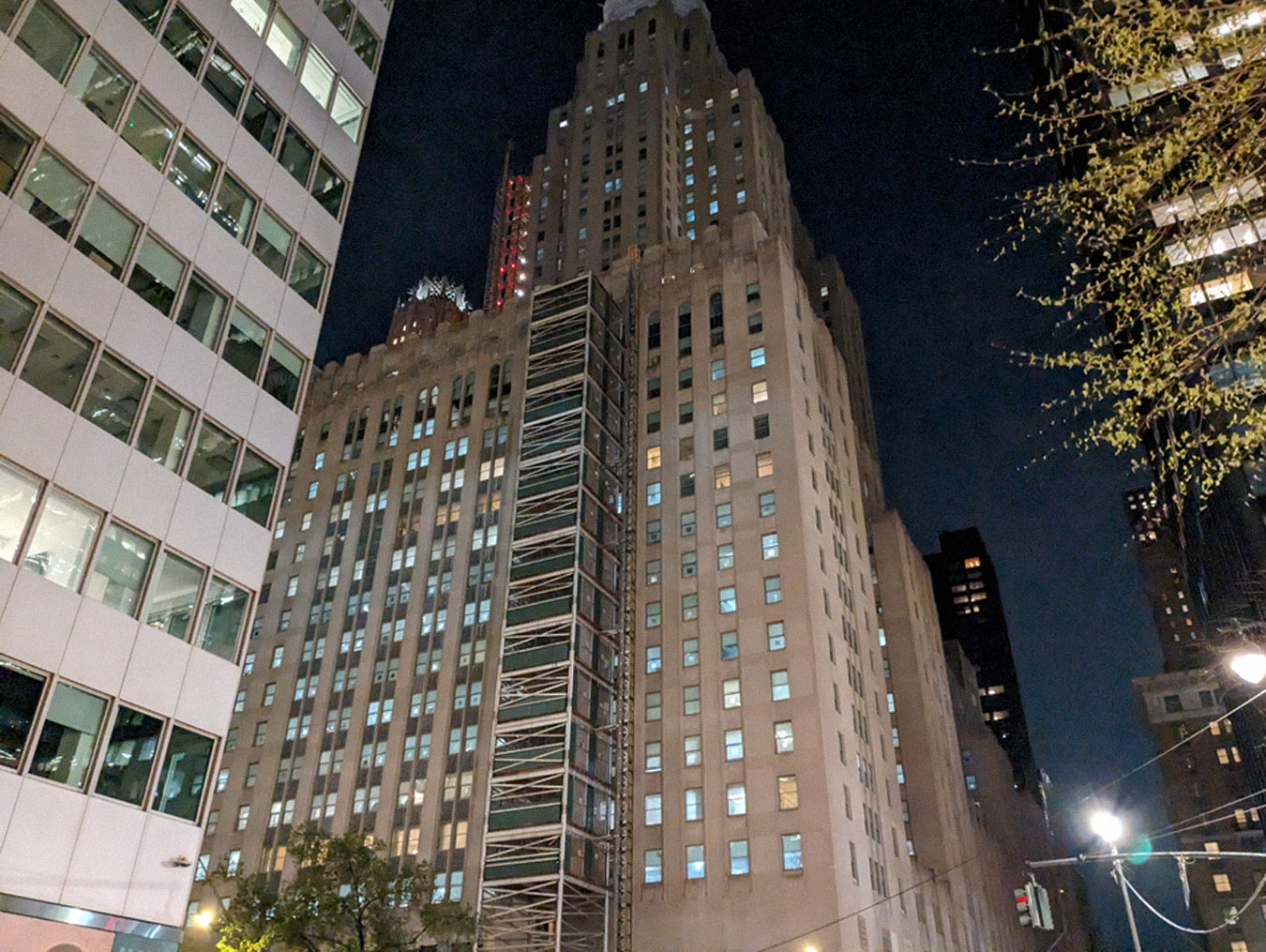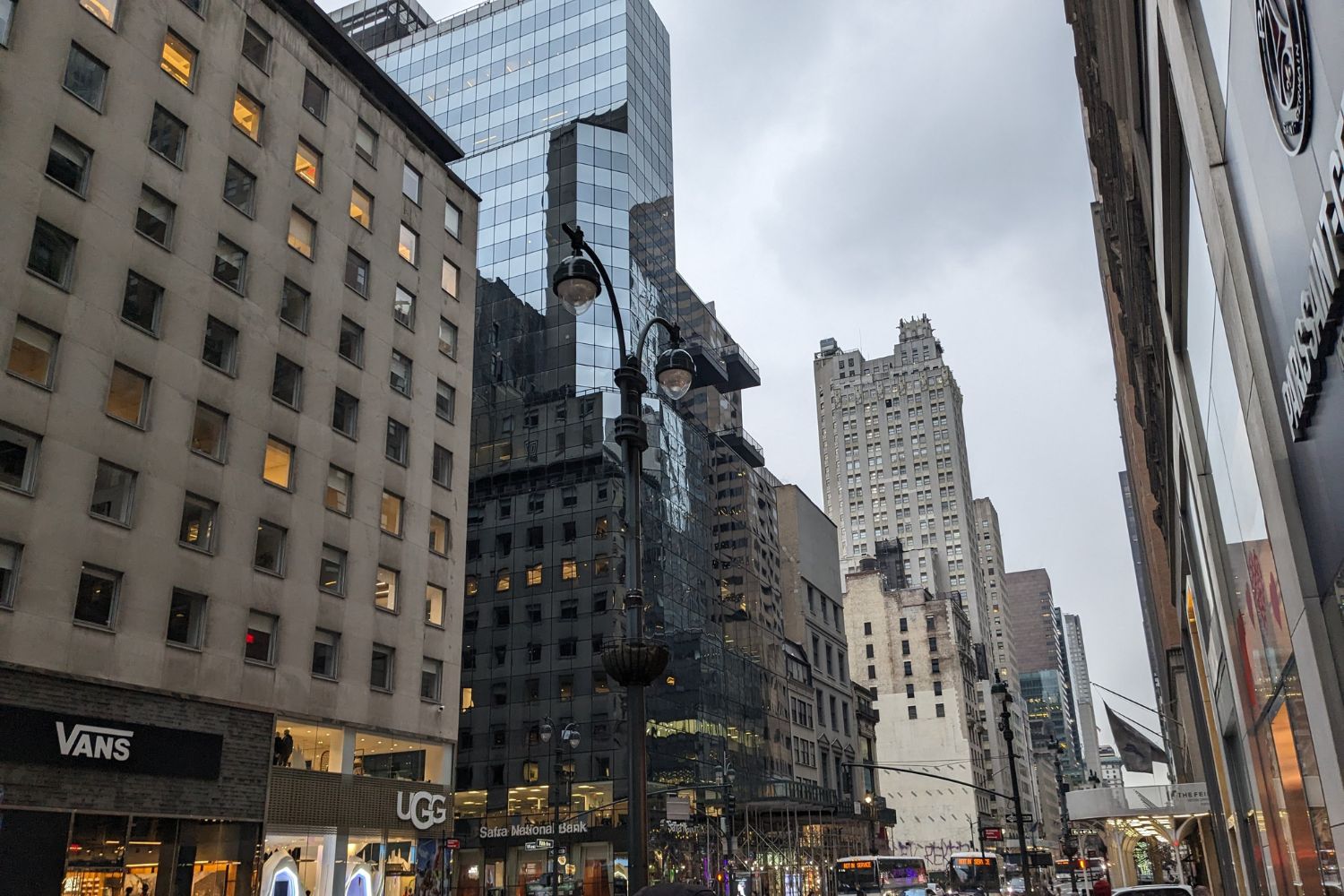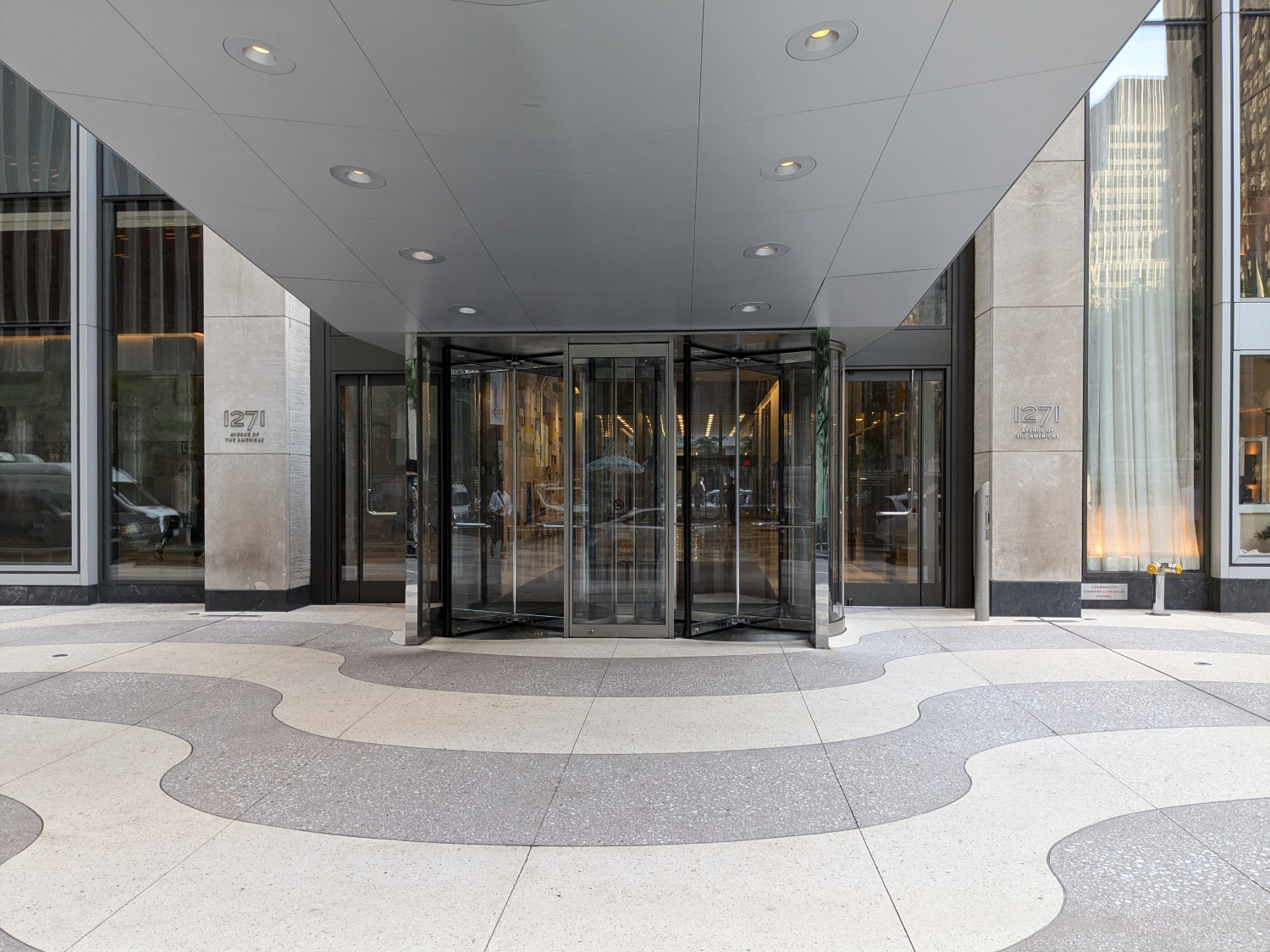Currently, we are in downward cycle where rents are experiencing a slow decline, however concession packages are increasing thus lowering the landlord’s net effective rent. Typically, this downward cycle occurs over two to three years. As result it is very hard to time the bottom of the market. There are five ways a tenant can take advantage of these market conditions:
1. Renegotiate Your Lease
If the tenant is paying an above market rent and has two to three years to go on the lease, the landlord may be willing reduce the current rent in order to extend the lease beyond the current lease expiration.
There are several reasons why a landlord would renew a tenant early:
- The landlord reduces risk and capital outlay ie (Free Rent, Tenant Improvement Allowance and Vacancy Downtime) if the tenant renews early.
- The landlord can refinance the building because credit value long term leases are in place.
- The landlord may be able to sell the building, with reduced uncertainty of future cashflows.
2. Relocate to Built Space
Locate space that a tenant recently vacated, due to an expired lease or their termination, that contains built space that will meet your requirement. By reducing the landlord’s cost to modify the space it may be possible to negotiate some cash contribution that the new tenant can use to pay for soft costs (moving, furniture, cabling, etc). Landlords make judgements about the likelihood that they will have to demolish the space and build new space. As result, a landlord may be willing to cover soft costs they would not normally consent to in order to save money and shorten the time a space sits vacant.
3. Lease Prebuilt Space
In a downward market landlords are building prebuilt spaces. If the landlord has committed to a prebuilt program and has not started, you may be able to negotiate a better deal because it typically takes two to six months to lease the space. If you are able to take possession of the space right after construction then the landlord may give a greater free rent concession than originally forecast because of the reduction in downtime and his willingness to make a deal now as opposed to later. Also, landlords may not request as large a security deposit because of the belief that a prebuilt is easier to lease and the prebuilt will be usable over the term of several tenants.
4. Flexible Lease
Negotiate a ten-year lease term with the right to cancel after the fifth year. Typically, the landlord will require the unamortized portion of the concession package (i.e. free rent, cash contribution and couple months of rent) as a termination fee. When negotiating a cancelation clause, you will want to be able to pay the landlord the amount when you move out. By negotiating the cancelation clause, the tenant has created an insurance policy because the tenant may be able to negotiate the lease early in the fourth year if the cancelation number is less than the remaining obligation versus current rent for the space.
5. Lease Take Over
In a downward market, landlords may be more willing to take over a potential tenant’s existing obligation to move a tenant into their building.
The landlord may do this for a few reasons:
- The landlord believes that rents are going to drop further and would be better to do deal today.
- The landlord believes that it might take a longtime to market and lease the space and would be better financially to take over the new tenant’s remaining lease obligation to secure a new long-term tenant. In certain parts of the city it could take two to three years to lease vacant space. It is easier to build and finance the old obligation with a long-term lease in hand.
For more articles go to Richard Plehn LinkedIn.







